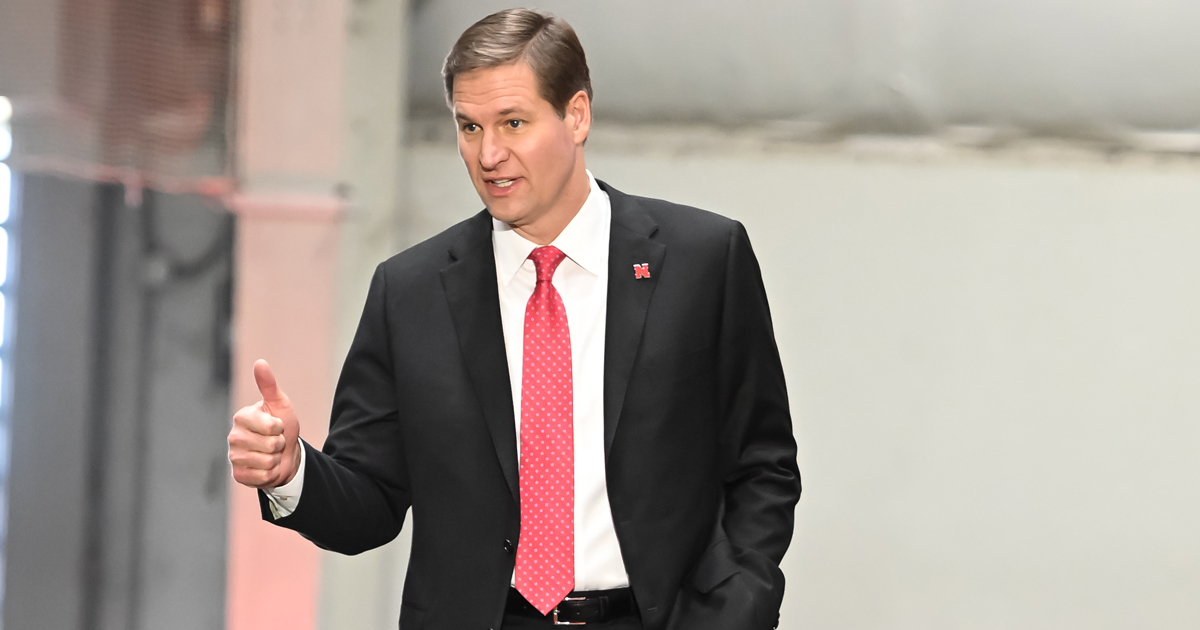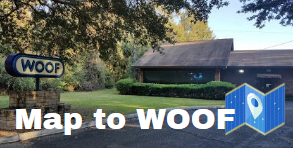Big Red Business: Design team hoping to get go-ahead this fall on Memorial Stadium redo

The eyes of Nebraska football fans everywhere will be laser-focused in the coming months on a 104-year-old Omaha company tasked with developing the design for the Memorial Stadium of the future.
HDR, a $2 billion-plus architectural and engineering behemoth, has a relatively small portfolio of sports stadium projects compared to better-known giants in the field such as Populous, HNTB, and HOK.
But it doesn’t mean HDR is any less capable. Its notable sports projects include Charles Schwab Field, home to the College World Series; Baxter Arena, home to Nebraska-Omaha’s hockey team; and the Maverick’s baseball and softball complex.
The employee-owned company earlier this month was awarded a $1.1 million contract from the University of Nebraska to develop design concepts for the potential makeover of 100-year-old Memorial Stadium. This is for the first phase of what could be a $200 million to $500 million redo.
The company’s phase-one team so far includes HNTB, one of the pioneers of sports architecture and design. The companies will serve as the athletic department’s design team, focusing on developing concepts and a vision for what the end result might look like, come up with more seating options and other fan amenities, and eventually work alongside a construction manager.
Omaha-based Rainwood Development Partners, which is the program manager, will represent the University of Nebraska-Lincoln and lead the project team.
The iconic venue may well be the most prestigious and most publicly scrutinized project HDR has ever undertaken – a responsibility not taken lightly by the team being assembled to develop the design plan.
“We understand what this can and will mean to the University and the state of Nebraska,” Chad Beeson, president of Rainwood and the designated spokesman for the project team said in an interview Monday. “We have a vision being championed by (athletic director) Trev Alberts and guiding principles for the project that will lead us to success.”
When several industry experts were asked if it was a surprise that HDR was selected for the Memorial Stadium contract over companies with a bigger presence in sports venues, this response summed it up:
“They may not have the reputation for stadiums that others do,” one source said, “but they are good at everything. I don’t think it matters.”
For now, the project team is focusing on high-level discussions and hitting deadlines on all facets of the proposal – from developing a construction budget and figuring out how to pay for the makeover to new seating configurations and the possible rebuilding of the much-maligned south end zone stands. (Beeson, by the way, is a south stadium season ticket holder.)
The goal, said Beeson, is to present a plan later this summer, line up a construction partner by the end of August, and put the proposal in front of the university’s board of regents sometime in a 60-day window between the end of August and early November.
Beeson said he is “cautiously optimistic” that some part of the renovation could be underway in 2024, if green-lighted by the athletic department, university president Ted Carter, and the board of regents.
The development team has already heard from a number of construction companies interested in bidding on the project.
Who is HDR?
HDR traces its roots to 1917 when H.H. Henningson opened a small office in downtown Omaha for a business he called Henningson Engineering Co.
He was later joined by Chuck Durham and Willard Richardson, hence HDR as it eventually came to be called. The firm became employee-owned in 1996, and today it is considered the largest employee-owned architecture and engineering firm in the country.
With more than 10,000 employees, about 200 offices worldwide, and 2022 revenue of about $2.3 billion, HDR is also one of the five largest design firms in the country, according to Engineering News.
The company has not only been prolific in its own backyard and nationwide, but its credits also include a diverse list of international projects in places as far flung as Mongolia, Brazil, Rome, Canada, Australia, and South Korea, among others.
As for sports venues, HDR’s work has ranged from stadiums and indoor arenas to community and recreation centers. Arguably its best-known project to date was the design for the new home of the College World Series, now called Charles Schwab Field. The stadium, which opened in 2011, seats more than 24,000 fans.
The firm also has worked on two major sports venues for the University of Nebraska-Omaha: the men’s and women’s baseball and softball Maverick Park complex, and Baxter Arena, home to the university’s powerful hockey team.
Someone who has had a strong working relationship with HDR and is well aware of its capabilities? That would be Trev Alberts, who was Nebraska-Omaha’s athletic director at the time of the facilities expansion planning.
Memorial Stadium renovation is a huge task
Nebraska fans are well aware of Memorial Stadium’s shortcomings – not enough bathrooms in the end zone sections, not enough people moving escalators and ramps, not enough concourse room for dining options, uncomfortable bench seating, not enough seat backs, and the list goes on.
Those were among the issues pointed out by more than 21,000 fans who responded to an athletic department survey last year on their likes and dislikes of Memorial Stadium.
Then there are the mechanical and electrical systems, plumbing, the average fan doesn’t see in the bones of the stadium that may need upgrading. Like a classic, but aging home, strong bones are important.
Anywhere from 30 to 40 people are currently involved in the early work on the project and meet weekly to discuss progress and problems. The team also updates the athletic department and other key university officials at least twice a month.
As you can imagine, there are plenty of stakeholders with seats at the table, including Alberts, university president Ted Carter and the Board of Regents. There’s also a 10-to-12 member executive advisory committee composed of business leaders who are exploring funding strategies.
No public tax dollars, tuition money, or student fees will be used to pay for the initial $1.1 million design fee.
The challenge for the design team will be to come up with a plan that “maintains the history of the iconic building while making necessary changes,” Beeson said. “How do we create a better fan experience? How do we minimize the impact (of renovating the stadium) on our fans?” How do we provide a structure for seating equity?
“Change could be our nemesis,” said Beeson, “but we also understand that Memorial Stadium is cherished across the state of Nebraska and an amazing place to watch a game.”
Steve Rosen writes about the business of sports for HuskerOnline. Questions, comments, story ideas? Reach Rosen at sbrosen1030@gmail.com.
The post Big Red Business: Design team hoping to get go-ahead this fall on Memorial Stadium redo appeared first on On3.
